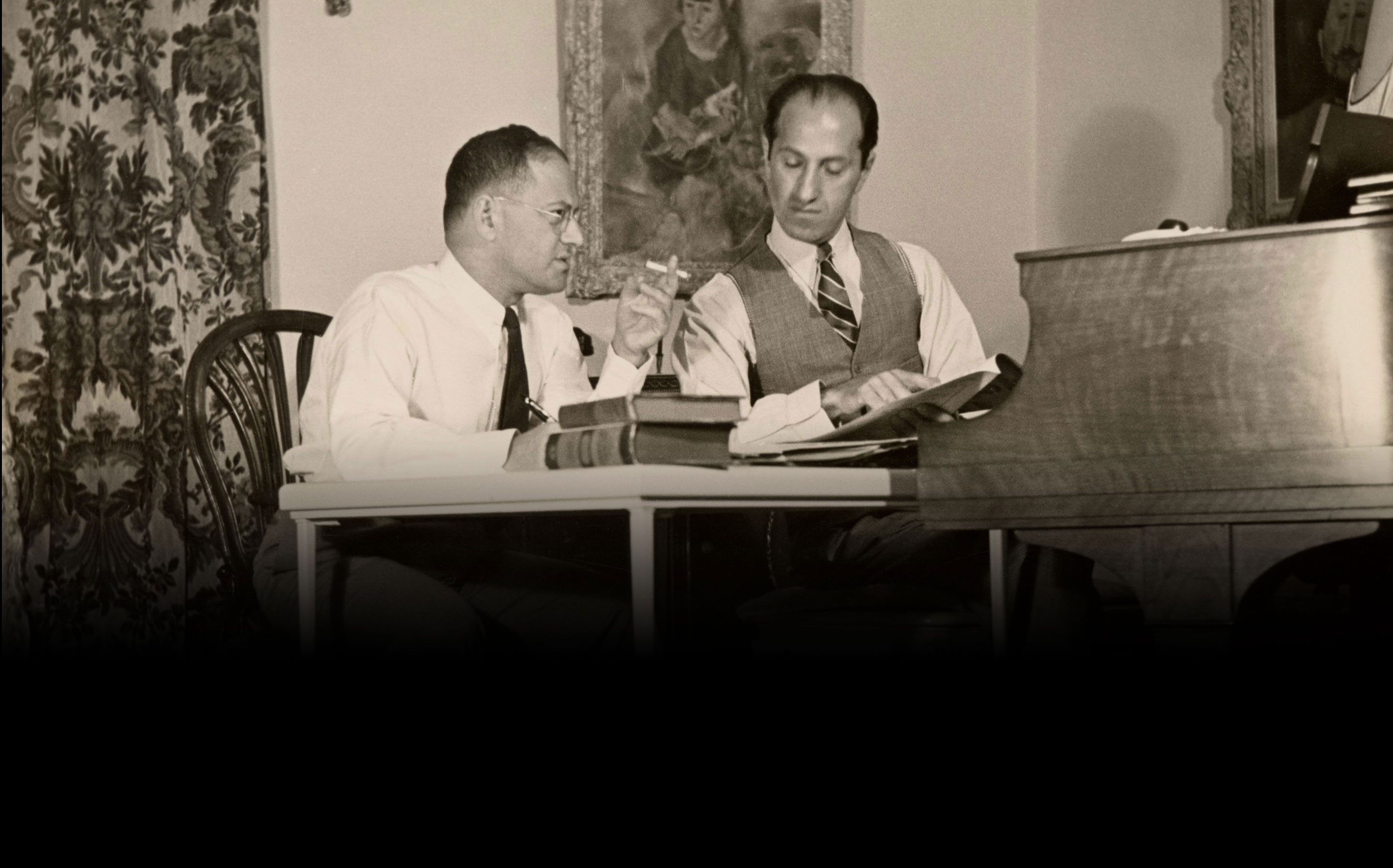Rhapsody in. . . who?
In today’s post, Frances traces some of the various transformations (or potential misprints) of the Gershwin family name. George and Ira’s father arrived in New York in 1890 still accompanied by his Russian Jewish name: Moishe Gershovitz. Moishe soon changed his name to the much more Americanized Morris Greshevin, as was frequently the custom with immigrants’ names upon arriving in America. Morris’s wife, Roza Bruskin, similarly became known as simply Rose. By the time of their union in 1895, their marriage license read “Gershvin.” In the 1900 US census, two years after George’s birth, Morris was back to using the […]
